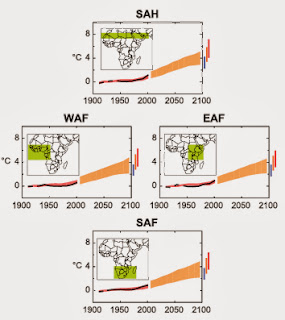The most interesting thing I read about the adaptation of Sierra Leone's changing climate is how big of a role technology has in adapting to climate change. For example, model-making can predict how the seasons will be. Some technological developments that will be represented in adapting include water harvesting systems, dam building, water conservation, drip irrigation, and drought-resistant crops. All of these technologies will make it easier for Sierra Leone and Africa as a whole to adapt to climate change.
Sierra Leone was shown as an accession to the Kyoto protocol on November 10, 2006. This means that my country did ratify the Kyoto protocol. However, to my knowledge, Sierra Leone was not required to reduce emissions. Sierra Leone simply wanted to follow the Kyoto protocol to remain a "clean" country and not have to reduce emissions later.
Sierra Leone is making efforts in mitigating climate change and had a response to the Copenhagen Accord. Some efforts that have been made so far to mitigate climate change include increased conservation efforts, improved forest governance, developing air quality standards, developing energy sources that are better for the environment, and improved waste management. Source: http://unfccc.int/files/meetings/cop_15/copenhagen_accord/application/pdf/sierraleonecphaccord_app2.pdf
I think Sierra Leone is doing a great job of both mitigating and adapting to climate change. While they are developing new techniques to mitigate climate change, they are also trying to adapt to the changing climate. I believe Sierra Leone is taking all the right precautions in order to get through the changing climate in the coming years.

